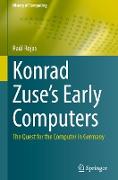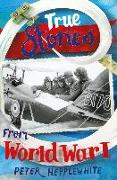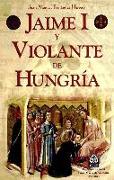- Start
- Konrad Zuse's Early Computers
Konrad Zuse's Early Computers
Angebote / Angebote:
This book describes the historical development of the architectures of the first computers built by the German inventor Konrad Zuse in Berlin between 1936 and 1945. Zuse's machines are historically important because they anticipated many features of modern computers.Specifically, these include the separation of processor and memory, the ability to compute with floating-point numbers, a hardware architecture based on microprogramming of the instruction set, and a layered design with a high-level programming language on top. In fact, Zuse's early computers are closer to modern computers than the Harvard Mark I or ENIAC, two other contenders for the title of "world's first computer." The theoretical program first conceived by Zuse in 1936/37 was fulfilled with a series of machines built before and during World War II: the Z1, Z2, Z3, and Z4. Separate chapters deal with the architecture of each computer, culminating in the description of Plankalkül, the first proposal for a high-level programming language.Students of the sciences and practitioners of computer science should have no trouble following the material. The concise introductory summary sets the reader on the historical path to retrace this remarkable intellectual adventure.Raul Rojas is Professor of Mathematics and Statistics at the University of Nevada, Reno, US. He is also Professor Emeritus at Freie Universität Berlin. He has published two books on neural networks with Springer-Verlag, as well as the book ¿Die Rechenmaschinen von Konrad Zuse, ¿a volume that finds its continuation in this new book. Prof. Rojas was named Professor of the Year in Germany in 2014.
Folgt in ca. 15 Arbeitstagen




